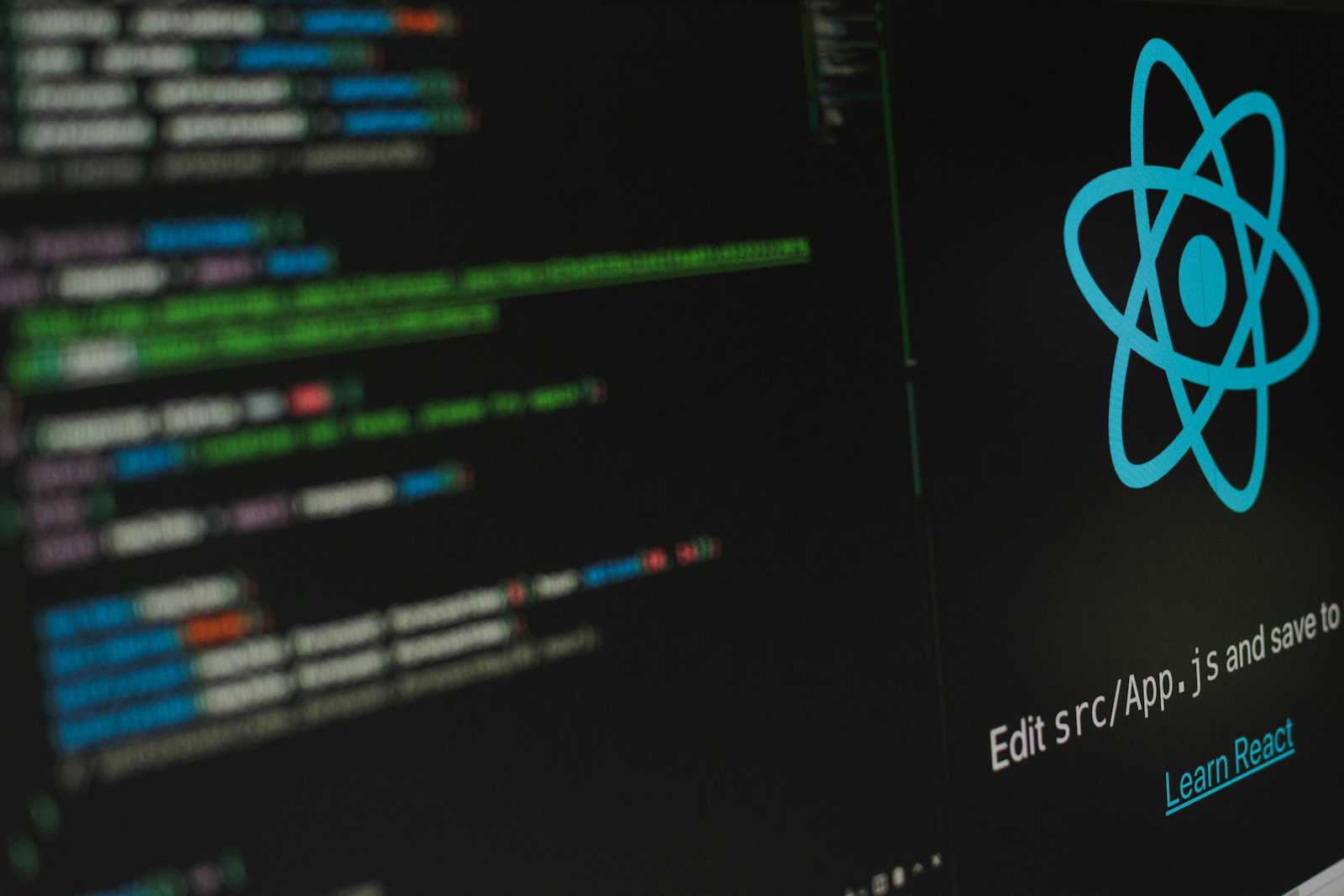The History of React.js: A Journey Through Time

Anirban Das
4 mins read
Table of Contents
IntroductionThe Birth of ReactThe Need for a Better SolutionThe GenesisPublic Release and Early AdoptionIntroduction
React.js, commonly referred to as React, is one of the most popular JavaScript libraries for building user interfaces, especially for single-page applications. Since its inception, React has revolutionized the way developers create web applications by providing a more efficient and organized way to build and manage user interfaces. This blog post will take you through the history of React, from its origins at Facebook to its current status as a cornerstone of modern web development.
The Birth of React
The Need for a Better Solution
In the early 2010s, Facebook's developers were facing significant challenges with their growing web applications. The complexity of managing user interfaces in Facebook's web application was increasing, and existing technologies were not adequately addressing the issues of scalability and performance. This led to the search for a new approach to building UIs.
The Genesis
React was created by Jordan Walke, a software engineer at Facebook, in 2011. Inspired by XHP, an HTML component framework for PHP, Walke developed a prototype of React to simplify the process of building dynamic and interactive user interfaces. React's unique approach was to use a virtual DOM (Document Object Model) to improve performance and provide a more efficient way to update the user interface in response to data changes.
Public Release and Early Adoption
Open Sourcing React
In May 2013, Facebook open-sourced React at the JSConf US conference. The decision to open-source React was driven by the desire to foster a community around the technology and to benefit from external contributions and feedback. The initial release of React was met with skepticism by some in the developer community, primarily due to its unconventional approach of mixing HTML and JavaScript (JSX).
Overcoming Skepticism
Despite the initial hesitation, React quickly gained traction. Its declarative programming model, which allows developers to describe what the UI should look like based on the application's state, was a refreshing change from the imperative approach used by many other frameworks and libraries at the time. Developers began to appreciate React's ability to simplify the development of complex UIs and improve code maintainability.
To better visualize React's evolution, check out this infographic on the history of React: React History Infrographic. it provides a clear timeline of key milestones, from React’s creation at Facebook to its impact on modern web development.
Key Milestones and Developments
React 0.14: Breaking Down the Barriers
In October 2015, React 0.14 was released, bringing significant improvements and changes. One of the most notable changes was the introduction of stateless functional components, which allowed developers to write components as simple functions without state. This release also separated the React library into two packages: react for the core library and react-dom for DOM-specific methods, paving the way for React to be used in non-web environments.
React Native: Expanding Horizons
React's success on the web led to the development of React Native, an open-source framework for building mobile applications using React. Announced by Facebook in 2015 and released in 2016, React Native enabled developers to use the same principles and techniques from React to build native mobile applications for iOS and Android. This marked a significant milestone, demonstrating React's versatility and broadening its appeal to mobile developers.
React Fiber: A Complete Rewrite
React Fiber was a complete rewrite of React's core algorithm, introduced in React 16, released in September 2017. Fiber aimed to improve React's performance and responsiveness, especially for complex applications with large component trees. The new reconciliation algorithm allowed for incremental rendering, prioritizing updates, and pausing work to maintain a smooth user experience.
Hooks: A New Way to Write Components
In February 2019, React 16.8 introduced Hooks, a feature that revolutionized how developers write components. Hooks allow developers to use state and other React features in functional components, simplifying code and enabling the reuse of stateful logic across components. Hooks quickly became a popular feature, further solidifying React's position as a leading UI library.
React Today and Beyond
Widespread Adoption
Today, React is maintained by Facebook and a large community of developers. It is used by countless companies and projects worldwide, including industry giants like Airbnb, Netflix, and WhatsApp. Its component-based architecture, virtual DOM, and declarative programming model have influenced many other frameworks and libraries, making React a foundational technology in modern web development.
The Future of React
The React team continues to innovate and improve the library. Current and future developments focus on performance enhancements, developer experience improvements, and expanding React's capabilities. Concurrent Mode and Suspense, for example, are upcoming features that aim to make React applications even more responsive and efficient.
Conclusion
The history of React.js is a story of innovation, overcoming challenges, and continuous improvement. From its inception at Facebook to its widespread adoption and influence on web development, React has fundamentally changed how developers build user interfaces. As React continues to evolve, it remains at the forefront of web development, empowering developers to create dynamic, efficient, and maintainable web applications.
React's journey is a testament to the power of open-source collaboration and the importance of constantly pushing the boundaries of what is possible in software development. With a vibrant community and a dedicated team behind it, the future of React looks brighter than ever.
 ``
``